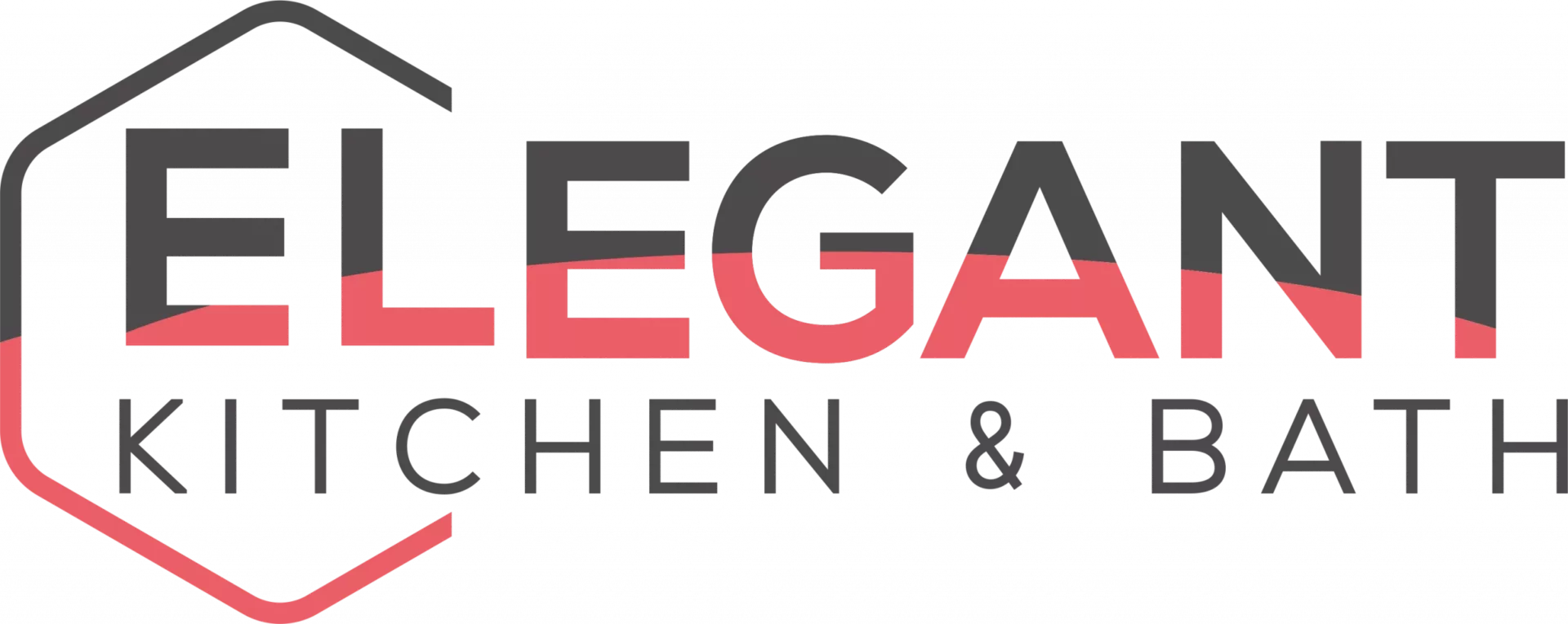With over 15 years of experience in the home improvement industry, particularly in kitchen remodeling, We’ve seen firsthand how the comfort and functionality of a home extend beyond the kitchen. A well-functioning furnace is crucial for maintaining a warm and inviting atmosphere, especially during the cold months. Drawing from our extensive experience, I’ll share insights into the warning signs that your furnace may be on the brink of failure, emphasizing the importance of timely maintenance and repair to ensure your home remains a cozy haven.
Cold Air: The Unwelcome Chill
In the heart of winter, your furnace should be your home’s unsung hero, keeping every corner warm and comfortable. If you find your home struggling to ward off the cold, or certain rooms feel like they’re stuck in a perpetual autumn, it’s a clear signal your furnace might be failing. Often, this issue stems from a malfunctioning motor or issues with the pilot light and heat exchanger, leading to inadequate heating. Recognizing this sign early can prevent a full-blown furnace failure, ensuring your home remains a warm retreat.

Strange Loud Noises: The Furnace’s Cry for Help
A furnace in good condition operates with a gentle hum, blending seamlessly into the background of your home’s soundscape. However, when it starts to produce rattling, squealing, or booming noises, it’s akin to a cry for help. These sounds often indicate loose mechanical elements or other malfunctions, signaling that your furnace is overworking and in need of professional attention. Ignoring these noises can lead to more significant issues, so it’s crucial to consult with a furnace repair expert at the first sign of trouble.
Frequent Repairs: A Costly Pattern
A well-maintained furnace can serve your home for up to 20 years, but its twilight years may require more frequent visits from repair technicians. While it’s essential to choose a repair service experienced with various furnace types, it’s equally important to assess the cost-effectiveness of ongoing repairs. If repair costs start to approach or exceed 50% of the cost of a new furnace, it may be time to consider replacement. Regularly needing repairs is a clear indication that your furnace is nearing the end of its life.
Increased Illness Symptoms: The Hidden Health Hazard
An efficient furnace does more than heat your home; it also filters out contaminants, ensuring the air you breathe is clean. A malfunctioning furnace can compromise this, leading to poor air quality and an increase in cold or flu-like symptoms among your family members. In more severe cases, a cracked heat exchanger can lead to carbon monoxide leaks, posing serious health risks. If you notice a spike in respiratory issues or allergy symptoms, it’s time to inspect your furnace and possibly replace filters or clean ducts.
High Energy Bill: The Silent Alarm
An old or failing furnace can become a significant energy drain, working overtime to maintain your home’s temperature but without the efficiency of its younger years. This inefficiency is often reflected in a sudden spike in your energy bills. Before assuming the worst, check if dirty filters are to blame, as they can restrict airflow and force your furnace to work harder. However, if cleaning or replacing filters doesn’t solve the problem, it may be time to consider replacing your furnace for a more energy-efficient model.
Pool of Water Around The Furnace: A Clear Warning Sign
While a gas leak from your furnace poses an immediate danger, a water leak, though less hazardous, is a clear indication of a problem. Often resulting from a clogged condensate line, water pooling around your furnace requires prompt attention from a professional. Addressing this issue early can prevent more severe damage and potentially save you from the need for a complete furnace replacement.
Warning Sings Your Furnace is About to Fail FAQs
How can I tell if my furnace is failing?
Signs that your furnace may be failing include inconsistent heating, strange noises during operation, frequent cycling on and off, and an increase in heating bills. If the furnace struggles to maintain a consistent temperature or if it makes unusual sounds like banging, popping, or rattling, it could indicate mechanical issues or airflow obstructions.
How do I know if my furnace needs replacing?
Your furnace might need replacing if it is over 15-20 years old, requires frequent repairs, or if you notice a significant decrease in efficiency. Other indicators include uneven heating in your home, visible signs of rust or cracks in the furnace components, and if the cost of repair is close to the price of a new furnace.
What is the most common furnace failure?
The most common furnace failures include issues with the ignition system, such as faulty igniters or pilot lights, and problems with the blower motor or heat exchanger. Clogged filters, which can restrict airflow and cause the furnace to work harder, leading to overheating and potential failure, are also common.
How do I know if my furnace is safe?
To ensure your furnace is safe, look for signs of wear and tear, listen for unusual noises, and monitor for any unusual odors. Regular maintenance checks by a professional can help detect issues like gas leaks or carbon monoxide leaks early. Installing carbon monoxide detectors near your furnace and throughout your home is also crucial for safety.
What are signs of carbon monoxide on a furnace?
Signs of carbon monoxide issues with your furnace include sooty stains around the furnace, no upward draft in your chimney, excess moisture found on windows, walls, or other cold surfaces, and rusting on pipe connections or appliance jacks. The presence of these signs warrants immediate inspection by a professional.
What is the life expectancy of a furnace?
The life expectancy of a furnace typically ranges from 15 to 20 years, depending on the model, maintenance history, and usage patterns. Regular maintenance can extend the life of your furnace.
Which furnace lasts the longest?
Furnaces that are well-maintained, from reputable brands, and installed correctly tend to last the longest. High-quality, higher-efficiency models generally offer longer lifespans compared to lower-end models.
Can a gas furnace last 30 years?
While it’s possible for a gas furnace to last 30 years, especially with meticulous maintenance, it’s not common. Most furnaces will start to show signs of significant wear and inefficiency long before reaching the 30-year mark.
What happens when your furnace goes out?
When your furnace goes out, you may experience a sudden loss of heat, which can lead to discomfort and potential risks to your home’s pipes in cold weather. It’s important to address the issue promptly by checking for simple solutions like a tripped circuit breaker or calling a professional for more complex problems.
If you’re experiencing any of the issues mentioned above with your furnace, it’s crucial to take action immediately to ensure your home remains safe and comfortable. Regular maintenance by a professional can help prevent unexpected failures and extend the life of your furnace. Don’t wait for a complete breakdown; if your furnace is showing signs of wear or inefficiency, consider consulting with a trusted HVAC professional to explore your options for repair or replacement. Remember, your safety and comfort are paramount, and taking proactive steps can save you from costly emergency repairs in the future
In Conclusion
As a seasoned professional in home improvement, I cannot stress enough the importance of keeping an eye on your furnace’s performance. Recognizing these warning signs early can save you from the discomfort of a cold home, unexpected repair costs, and even health risks. Regular maintenance and timely repairs are key to extending the life of your furnace and ensuring your home remains the warm, welcoming space it should be. For more insights into maintaining a comfortable and efficient home, follow us on social media.
